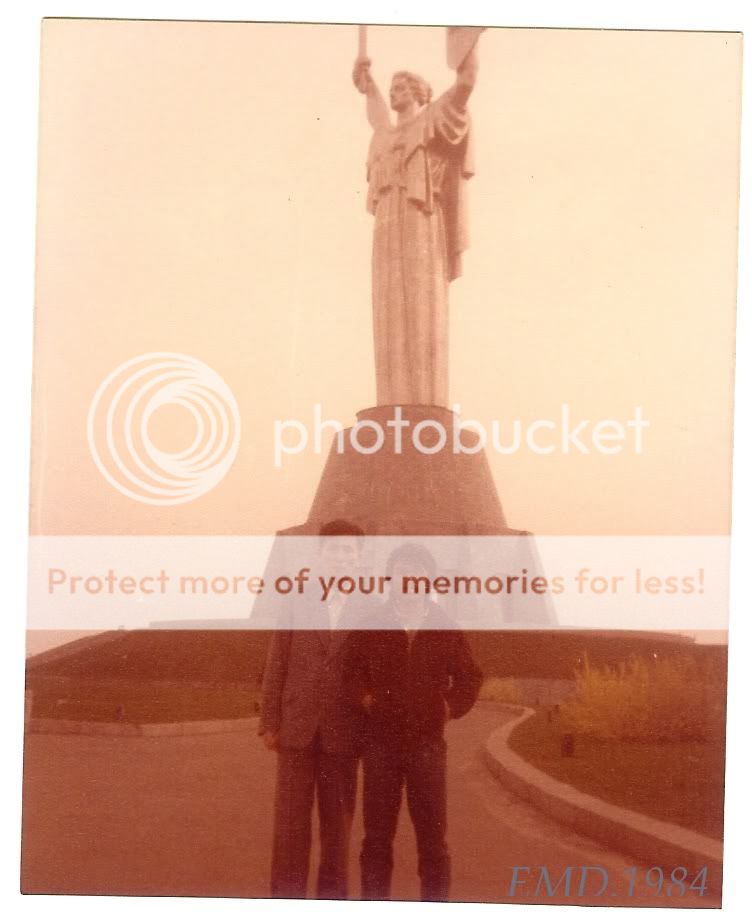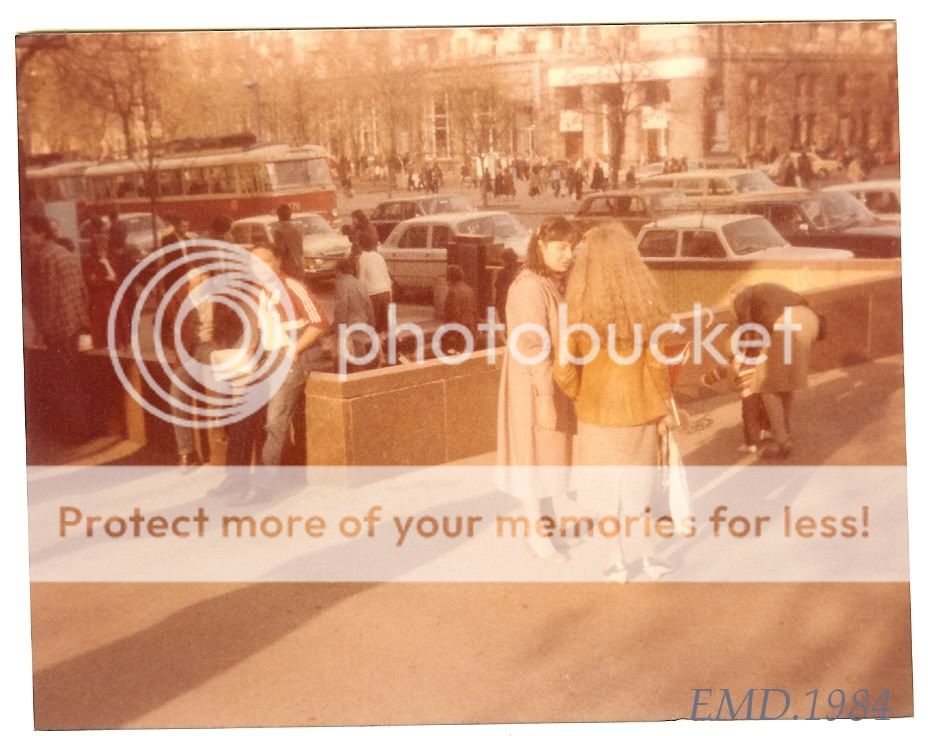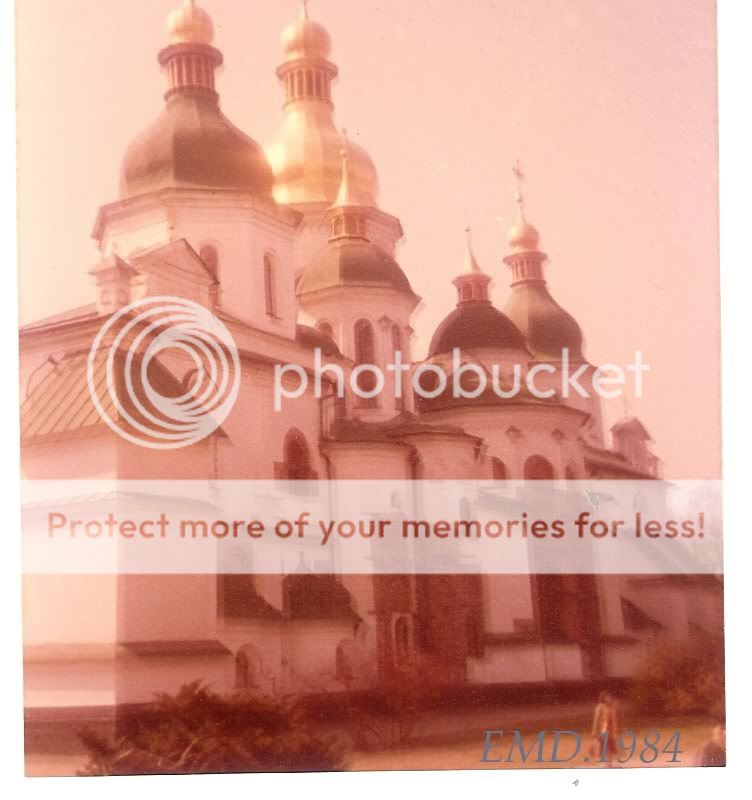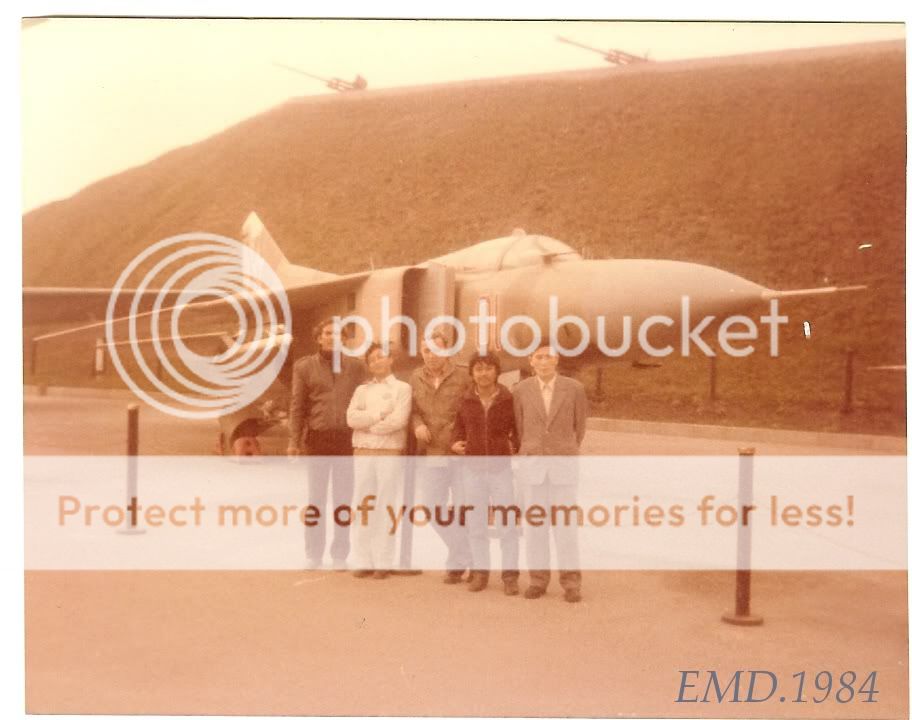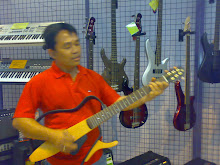It all started 33 years ago today on April 21, 1976 when barely a month after my graduation in college with a degree in Chemical Engineering from University of San Agustin in Iloilo City, I, together with 25 other young engineering graduates from prestigious schools in Visayas and Mindanao were formally welcomed to National Steel Corporation in Iligan City. We were selected from among thousands of other engineering graduates who survived the tough written and panel interviews. We were officially called Industrial Engineers assigned to the Industrial Engineering Department, an elite think tank of the company doing standards, methods, and economic analysis in practically all aspects of the business and operations of the company.
Our batch was indeed "star-studded". We were all honor graduates, with a summa and a number of magna, and cum laudes. For the next 18 years, I would stay with the company. We were honed and exposed in managerial, technical, human resource, training and organizational development, marketing, corporate planning, and financial and economic aspects of steel business. Many of us were trained abroad sponsored by JICA, AOTA, UNIDO/UNDP and equipment suppliers, plus our own company sponsored trainings and seminars. I myself had the privilege to undergo a four-month training in Russia and a two-month training at Bethlehem Steel in Indiana, USA. During those years, we were not just witnesses to the company's rise and fall but we were in fact actively involved in all of these endeavors, from concept to implementation and maintenance. Those of us who stayed longer spent perhaps our best years in our professional lives.
In the next few years, National Steel Corporation would recruit more IE's (and later on EMT's or engineering management trainees). This was in preparation for a larger operation of an integrated steel plant. This was a dream, conceptualized in the early 1950's by our predecessors and dreamed about by those who came later, us included. Sadly, until now, this remained a dream. And for those of us who experienced those glorious years of expansion and activities, it is utter disappointment and frustration to see how the steel industry in the Philippines has gone on a backward direction when most of our neighbors have gone a tremendous leap towards integration and industrialization.
Many of us are now in foreign soils, US, Canada, Australia, New Zealand, the Middle East, Malaysia, Vietnam, etc. A number are still left in the country, many in the Metro Manila area. This dream is the bond that binds us of our past, present and perhaps optimistic that in our generation, that dream will still be realized. THE DREAM LIVES ON.
Tuesday, April 21, 2009
Sunday, April 19, 2009
Holy Week Memories of Russia
We returned to training class in Zaporozthahl Training Center the day after we arrived from that enjoyable and educational trip to Kiev. Though we've been away only for a short period, so many changes it seemed happened especially in our surroundings. The plants and the trees had grown again and the leaves appeared so full of life compared to those early days of our arrival when they looked dead and lifeless, covered with snow. It was a beautiful springtime and a Holy Thursday. But there is no holy week in Russia.
Before Lenin and the Bolsheviks came to power in 1917, Russia was a Christian orthodox country. Testaments to this were the beautiful and grandiose cathedrals with magnificent domes (often gold plated) and exotic architecture. The czars and their empresses were closely related by blood with the monarchs of central Europe and in those olden times, intermarriages between relatives in monarchies were common. Even at present time, it is not uncommon to see women with crucifix necklaces worn publicly, despite the ban on religion.
In our hotel, which is always frequented by tourists from East Germany, Poland, Czechoslovakia, Romania, etc. (the so called Communist bloc), I would often see elderly women wearing such necklaces. At one time at the elevator, just to show to these women that I am also a Catholic, I greeted them with the only words I know they would understand: "Viva El Papa John Paul." They were surprised yet fully delighted to return the same compliment.
Still feeling the Kiev hangover and to break the boredom of the training class, Mike and I found a reason not to attend the next day's class. Every Friday, our three Egyptian and one Pakistani classmates would excuse themselves from class before noon and return to our hotel for their Friday noon prayers facing the direction of Mecca. We always tease them about this but we understood and respected it. So we asked permission from our training director, Comrade Soroko, invoking our Catholic faith and religious practice.
So, on that Good Friday, April 20, when everybody in the city didn't seem to know about it, we rested and prayed in our hotel.
Note: Photos of the cathedrals are HERE.
Before Lenin and the Bolsheviks came to power in 1917, Russia was a Christian orthodox country. Testaments to this were the beautiful and grandiose cathedrals with magnificent domes (often gold plated) and exotic architecture. The czars and their empresses were closely related by blood with the monarchs of central Europe and in those olden times, intermarriages between relatives in monarchies were common. Even at present time, it is not uncommon to see women with crucifix necklaces worn publicly, despite the ban on religion.
In our hotel, which is always frequented by tourists from East Germany, Poland, Czechoslovakia, Romania, etc. (the so called Communist bloc), I would often see elderly women wearing such necklaces. At one time at the elevator, just to show to these women that I am also a Catholic, I greeted them with the only words I know they would understand: "Viva El Papa John Paul." They were surprised yet fully delighted to return the same compliment.
Still feeling the Kiev hangover and to break the boredom of the training class, Mike and I found a reason not to attend the next day's class. Every Friday, our three Egyptian and one Pakistani classmates would excuse themselves from class before noon and return to our hotel for their Friday noon prayers facing the direction of Mecca. We always tease them about this but we understood and respected it. So we asked permission from our training director, Comrade Soroko, invoking our Catholic faith and religious practice.
So, on that Good Friday, April 20, when everybody in the city didn't seem to know about it, we rested and prayed in our hotel.
Note: Photos of the cathedrals are HERE.
Tuesday, April 14, 2009
Kiev, April 15, 1984
Almost a month after we settled down in Zaporozhye, we arrived in Kiev on a beautiful spring morning of Palm Sunday, 25 years ago today, for a 4-day visit to this capital of Ukraine, then the 2nd most prosperous among the 15 republics of the USSR.
Having obviously lost contact with the outside world, I didn't even remember it was already Holy Week. Booked at Hotel Ukraine, our first impression of the city was good. It was clean, with more beautiful buildings and sloping, hilly streets, some of cobble stones
Kiev is an old city, and the 3rd largest city of the Soviet Union after Moscow and Leningrad. It is a city of parks (there were 150 of them all), monuments and memorials, just like any other city there. Places we visited were the Arc of Friendship (where Kiev was founded) overlooking the famous Dneiper River, Prince Andrew Cathedral, the Marinsky Palace of the Czar, War Memorial, Ukrainian Parliament, Chekovsky University, a 100,000 sports complex (home of the Kiev Dynamo Football Club), and the vast Exposition of the Industry of the Ukraine. There were no plant visits this time; it was a purely social and cultural trip, which we liked.
But we equally enjoyed our "on our own" adventures in the city, mingling with the people, drinking in bars and cafe's or just standing idly along the street pavements, enjoying the sites of people passing and couples kissing.
At dinner on our first night, we were delighted to hear for the first time, attendants greeting us "Dobre Becher" (Good Evening!). Service however was still the same. Slow.
Kiev was more urban, in fact quite Western in some ways, with more foreign tourists roaming , mostly though from the European Eastern Bloc nations.
It was an eventful visit. Events in later years would prove historic for this seat of Ukrainian power after the disintegration of the mighty Union of Soviet Socialist Republics.
Subscribe to:
Comments (Atom)
